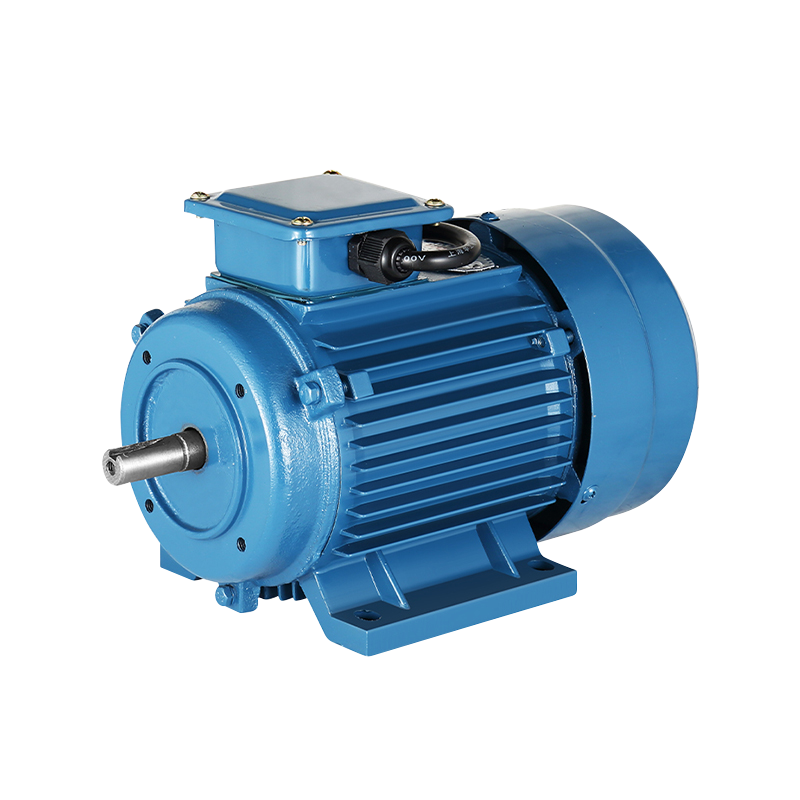Electric Counting Punch Press Machine: Advancing Precision and Efficiency in High-Volume Production
In the rapidly evolving world of manufacturing, the Electric Counting Punch Press Machine is making a significant impact by enhancing precision and efficiency in high-volume production environments. This innovative machine is designed to address the growing need for accuracy and speed in various industrial applications, from packaging and assembly to quality control and inventory management.
The Electric Counting Punch Press Machine is engineered to perform both punching and counting operations with remarkable precision. Unlike traditional punch presses that rely solely on manual operation, this machine integrates advanced electric controls to streamline the process. By automating the counting and punching functions, it ensures consistent performance and reduces the risk of human error.
Featuring a robust electric motor and an intuitive control panel, the Electric Counting Punch Press Machine can handle a wide range of materials, including paper, plastic, and metal. Its design allows for quick adjustments and easy setup, making it versatile enough to accommodate different production needs. The machine’s ability to simultaneously count and punch materials makes it an invaluable tool for industries that require accurate and efficient processing of high volumes.
The Electric Counting Punch Press Machine is employed across various industries for its ability to deliver precise results and improve operational efficiency. In the packaging industry, for example, the machine is used to punch holes or create perforations in packaging materials while keeping track of the number of items processed. This functionality is crucial for ensuring that packaging meets quality standards and is ready for distribution.
In the assembly sector, the machine plays a vital role in preparing components for assembly by punching holes or slots and counting them accurately. This ensures that each batch of components is consistent and ready for the next stage of production, reducing the likelihood of assembly errors and improving overall quality.
The machine is also valuable in quality control processes, where it is used to perform checks on materials or products. By counting and punching samples, manufacturers can quickly verify that items meet specifications and identify any discrepancies that may require attention.
One of the primary economic benefits of the Electric Counting Punch Press Machine is its ability to increase production efficiency. The automation of counting and punching operations reduces the need for manual intervention, to faster processing times and lower labor costs. This increased efficiency allows manufacturers to handle larger volumes of materials or products while maintaining high standards of accuracy.
The machine’s precision also contributes to cost savings by minimizing material waste and reducing the likelihood of defects. Accurate punching and counting ensure that materials are processed correctly, to fewer errors and less need for rework. This not only enhances product quality but also helps manufacturers manage their resources more effectively.
Additionally, the Electric Counting Punch Press Machine’s ease of use and quick setup contribute to overall operational efficiency. The machine’s user-friendly controls and adjustable settings allow for rapid changes between different tasks, making it adaptable to various production requirements. This flexibility enables manufacturers to respond quickly to changing demands and optimize their production processes.
Recent advancements in the Electric Counting Punch Press Machine have introduced several technological enhancements that improve its performance and functionality. Modern machines often feature digital displays and programmable settings that allow for precise control over punching and counting operations. These features provide real-time feedback and enable operators to make accurate adjustments to meet specific production needs.
Some models also incorporate advanced sensors and automated systems that enhance the machine’s accuracy and reliability. These technologies help detect and correct any issues during operation, ensuring consistent performance and reducing the risk of errors.
The integration of data logging and reporting capabilities is another notable innovation. These features allow manufacturers to track and analyze production metrics, such as the number of items processed and the efficiency of operations. This data-driven approach provides valuable insights for optimizing production processes and improving overall performance.
-
Feedback

 English
English 中文简体
中文简体






